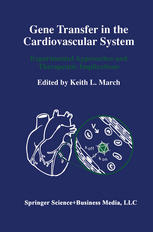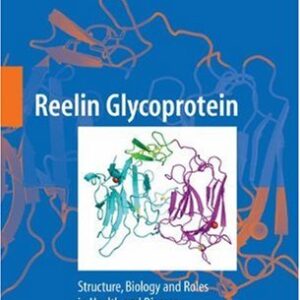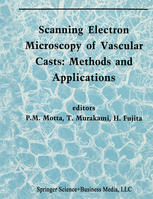The goal of gene transfer is protein expression. a process brought about by the insertion of a gene coding for a foreign protein into target cells resulting in the synthesis of the foreign protein For gene therapy, a tmnsferred therapeutic gene must be expressed at a level beneficial for the patient. This chapter provides an introductory overview of the rapidly evolving field of non-viral approaches for gene delivery to rnarnrnalian cells. Although currently there are fewer ongoing clinical trials using non-viral approaches than those using viral based systems, the number of non-viral trials is increasing. The long range goal of some research groups is the development of a genetically engineered artificial virus targeted to specific cells in the human body. An arurual conference, organized by Cambridge Healthtech Institute entitled “Artificial Self-Assembling Systems for Gene Transfer”, brings together researchers interested in this field [1]. Assembly of an artificial virus is very complex; other research groups aim to develop simpler delivery systems consisting of a plasmid combined with delivery agents. Viral-based systems are very successful for gene delivery, but despite their successes, viral-based systems have some geneml limitations and system-specific limitations. When employing a viml-based system, the following limitations should be considered: ? size limitation of the inserted gene due to packaging constraints (e. g. adenovirus, retrovirus) . ? potential tumorigenesis (e. g. retrovirus) ? potential for insertional mutagenesis (greater than plasmid based systems) ? potential imrnunogenicity (e. g.
Medicine
[PDF] Gene Transfer in the Cardiovascular System: Experimental Approaches and Therapeutic Implications Bruce C. Trapnell M.D., Michael N. Pensiero Ph.D. (auth.), Keith L. March M.D., Ph.D. (eds.)
$9.99






Reviews
There are no reviews yet.